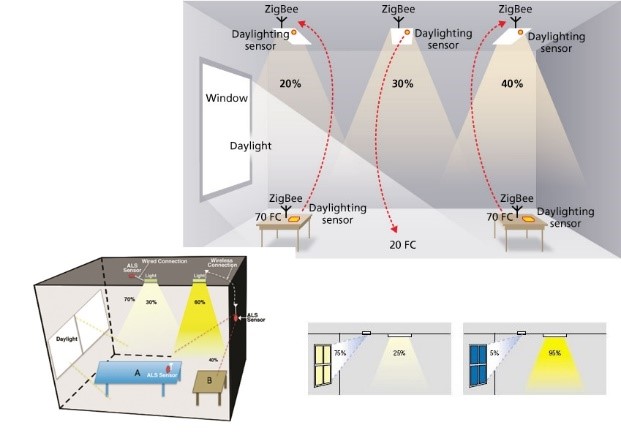Energy saving through intelligent lighting and temperature control
Project abstract
Buildings are the world's leading energy consumers, with their total consumption exceeding traffic and industry combined. The development of intelligent building management systems is necessary to achieve significant energy savings. Due to the large number of subsystems in buildings (ventilation, heating, cooling, lighting) it is often very difficult to decide what is best from the point of view of total energy consumption. The aim of this paper is to develop an intelligent algorithm for controlling the position of the shade and room temperature, applicable to the actual system, which will ensure the comfort of users and provide sufficient lighting in the room and increase energy efficiency.
|
|
Mini projects
- Introduction to the basic principles of modeling buildings based on analogy with thermodynamic processes in buildings through the example of a finished model of a family house with two rooms. Upgrading the thermodynamic model with the lighting model. Modeling of indoor lighting as a combination of natural light and artificial lighting.
- Introduction to the basic principles of model predictive control and convex optimization through the implementation of model predictive control on a simple example of a dual integrator model.
- Development of an algorithm for model predictive control of blind position and room temperature on a developed family house model with the aim of minimizing energy consumption and providing user comfort defined by the reference room temperature set by the user (heating / cooling) and sufficient room lighting achieved by changing the shade position and room lighting control.
Additional information
Number of students
1
Keywords
smart building, model predictive control, energy effiecinecy, room lighting



 Pristupačnost
Pristupačnost
